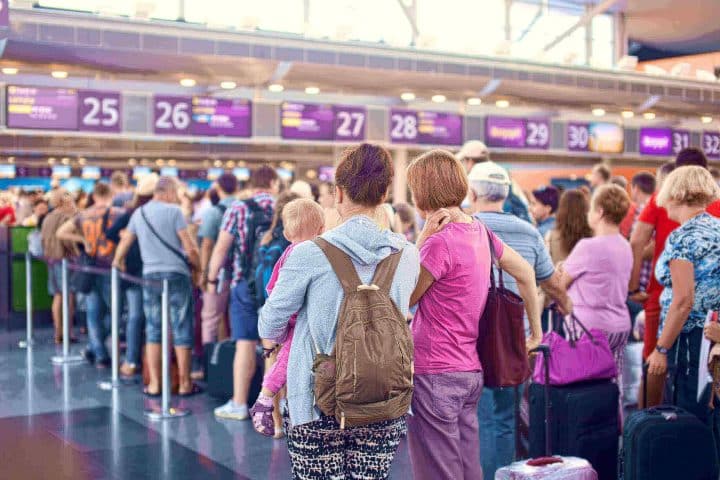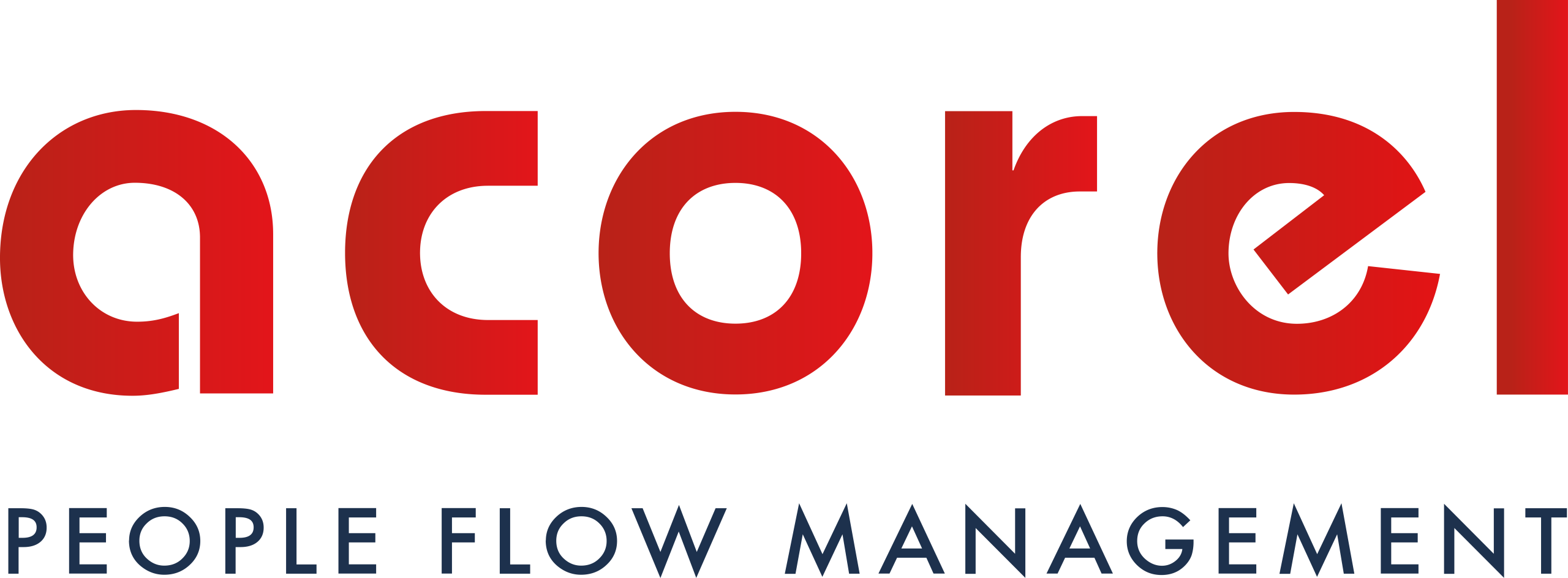In the bustling world of air travel, airports serve as gateways for millions of travelers each day. However, beneath the excitement of departures and reunions lie complex logistical challenges. Peak traffic times are moments of tension when airports are put to the test to handle the massive influx of passengers.
Understanding peak traffic
Peak traffic in airports is influenced by a multitude of constantly evolving factors. Seasonal holidays are a primary driver of these traffic surges. Major international events, such as global conferences, sports competitions, or cultural festivals, can also trigger a significant influx of passengers.
Staff strikes, whether they affect airlines, security services, or ground operations, can cause major disruptions in airport operations, leading to delays and flight cancellations. Additionally, extreme weather conditions, such as snowstorms, sandstorms, or dense fog episodes, can disrupt flight schedules and cause congestion in terminals.
These traffic surges are not only logistical challenges for operators but can also have a significant impact on passenger experience and staff well-being. Congestion in check-in and security areas can lead to prolonged wait times, adding stress and frustration for hurried travelers. Similarly, for airline staff, airport personnel, and auxiliary services, managing these peak periods can mean an increased workload and additional operational challenges, often in stressful conditions.
Using technology to predict passenger flows
To anticipate and effectively manage peak traffic times, airports are increasingly turning to advanced technologies. These innovations rely on the use of data analytics and artificial intelligence to predict passenger flows.
Passenger flow management systems leverage a multitude of data sources, such as flight bookings, historical traffic data, and wait times. By analyzing these data, algorithms can detect trends, identify events likely to attract crowds, and predict peak periods with high accuracy.

This predictive approach allows airport operators to take proactive measures to optimize resources and mitigate the effects of peak traffic. For instance, by adjusting staff levels based on traffic forecasts, opening additional check-in counters during busy periods, or offering incentives to encourage passengers to stagger their arrival times.
By integrating these cutting-edge technologies, airports can not only enhance the efficiency of their operations but also provide a smoother and more pleasant travel experience for passengers by reducing wait times and minimizing disruptions.
Communication and customer experience management
Transparent communication with passengers is crucial during peak traffic periods. Airports use mobile apps, real-time information screens, and voice announcements to keep passengers informed about delays, gate changes, and other important information, thereby reducing stress and uncertainty.
For more information, click here
